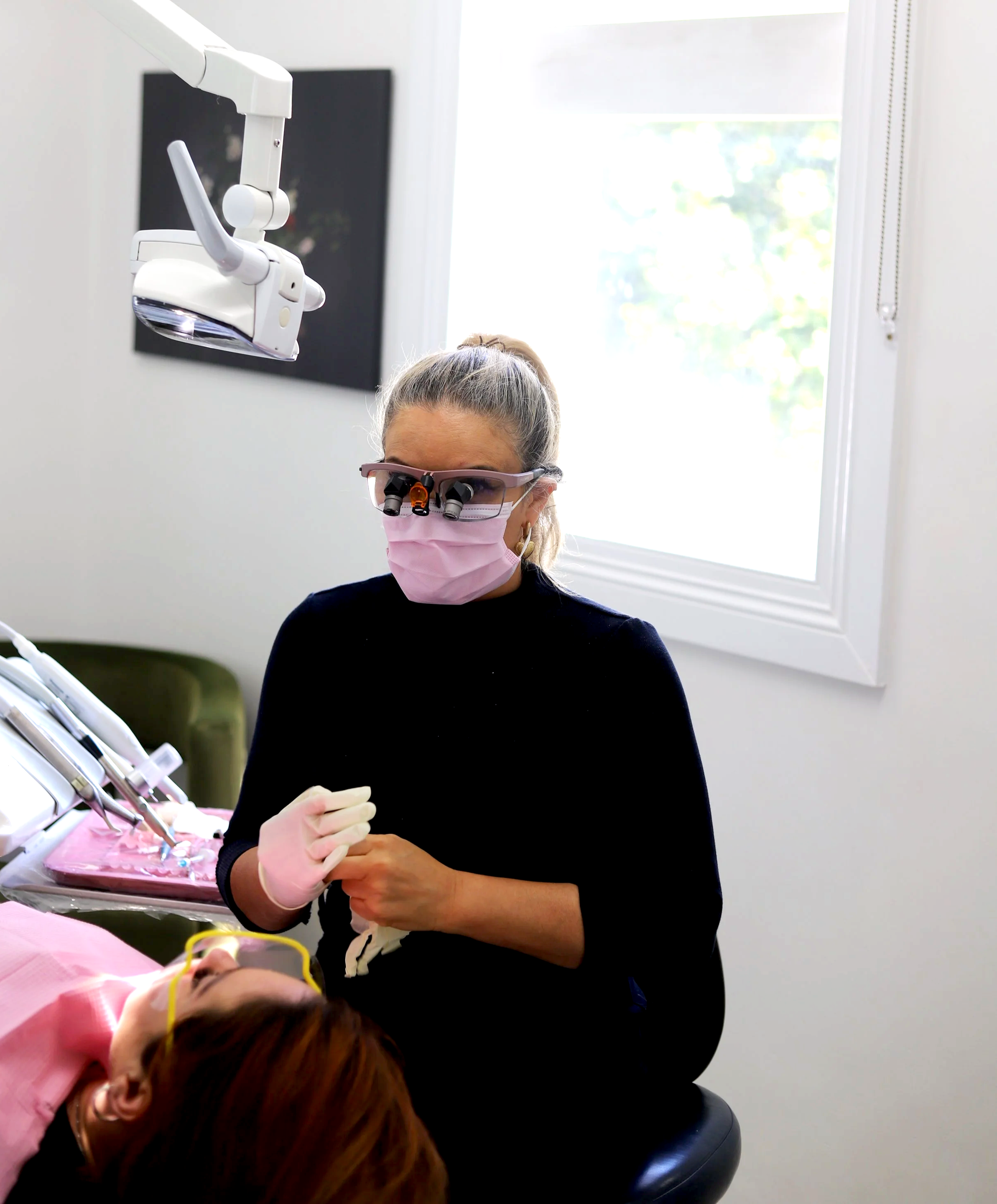Endodontic Treatment.
Save Your Smile.
Keep Your Tooth.
A root canal is a dental procedure that removes infected or damaged pulp—the soft tissue inside your tooth—to preserve and restore its function. This treatment is often necessary when the pulp becomes compromised due to factors like deep decay, cracks, trauma, or large fillings. Opting for a root canal can prevent the need for extraction and help maintain your natural bite and facial structure. With a high success rate of approximately 90–95%, root canal therapy is a reliable solution to alleviate pain and save a tooth that might otherwise be lost
Root canal treatment becomes necessary when the dental pulp—the soft tissue inside your tooth—becomes infected or inflamed due to deep decay, trauma, or repeated dental procedures. Symptoms prompting the need for a root canal include persistent tooth pain, sensitivity to hot or cold, swelling, and tenderness in the surrounding gums. Without treatment, the infection can spread, leading to abscess formation and potential tooth loss. Opting for a root canal allows you to preserve your natural tooth, maintain your bite, and avoid the complications associated with tooth extraction. With a high success rate, root canal therapy is a reliable solution to alleviate pain and save a tooth that might otherwise be lost..
Brisbane Smile Boutique has been redefining Aesthetic Dentistry since 2003.
With a Lifetime of trusted Expertise, our Aesthetic Dentists create Exceptional Smiles with Precision, Artistry, and Care.
Get In Touch
Your smile matters to us.
Reach out through the form for expert advice or to schedule a consultation.
If you would like, Upload a smile photo to help us understand your goals.
We are here to understand and support your goals.






























